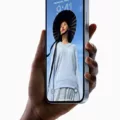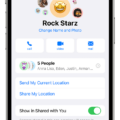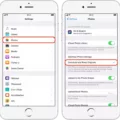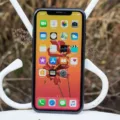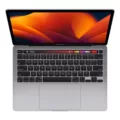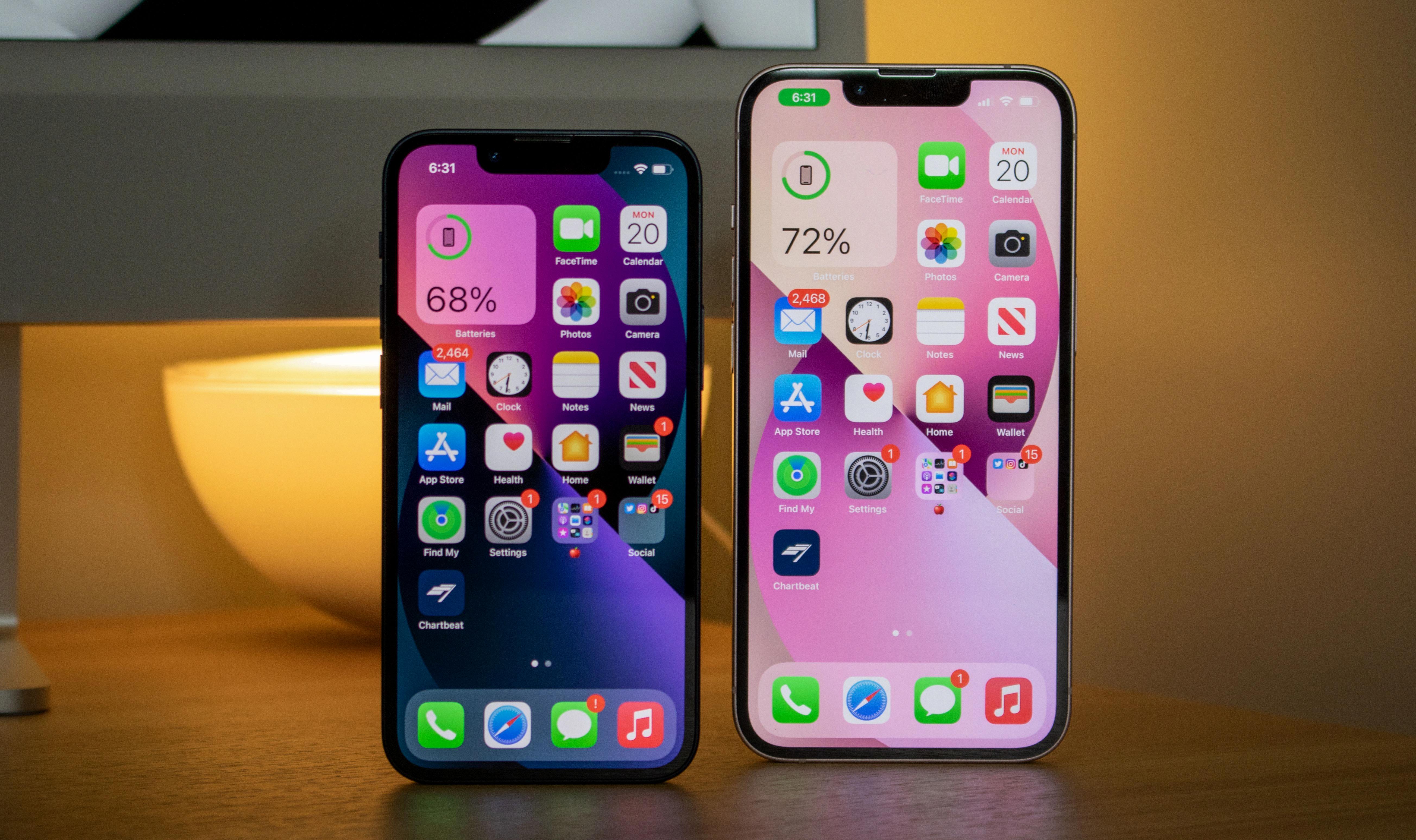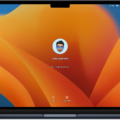The iPhone is a revolutionary device that has been empowering users around the world since its introduction in 2007. It has advanced features, such as secure password protection, that keep your data safe and secure. Setting up a secure password on your iPhone is an essential step to protect yourself from unwanted access to your device and data.
To set a password on your iPhone, it’s important to understand the different types of passwords that are available for you to choose from. You can opt for either a four-digit numeric passcode or an alphanumeric passcode, which is more complex and contains both numbers and letters. To set up either of thee passwords, follow these steps:
1. Go to Settings > Touch ID & Passcode (or Face ID & Passcode).
2. Tap Turn Passcode On (or Change Passcode).
3. Enter a six-digit passcode (or tap ‘Passcode Options’ to select a four-digit numeric code or an alphanumeric code). If you select an alphanumeric code, you’ll need to enter it twice.
4. Re-enter the passcode when prompted.
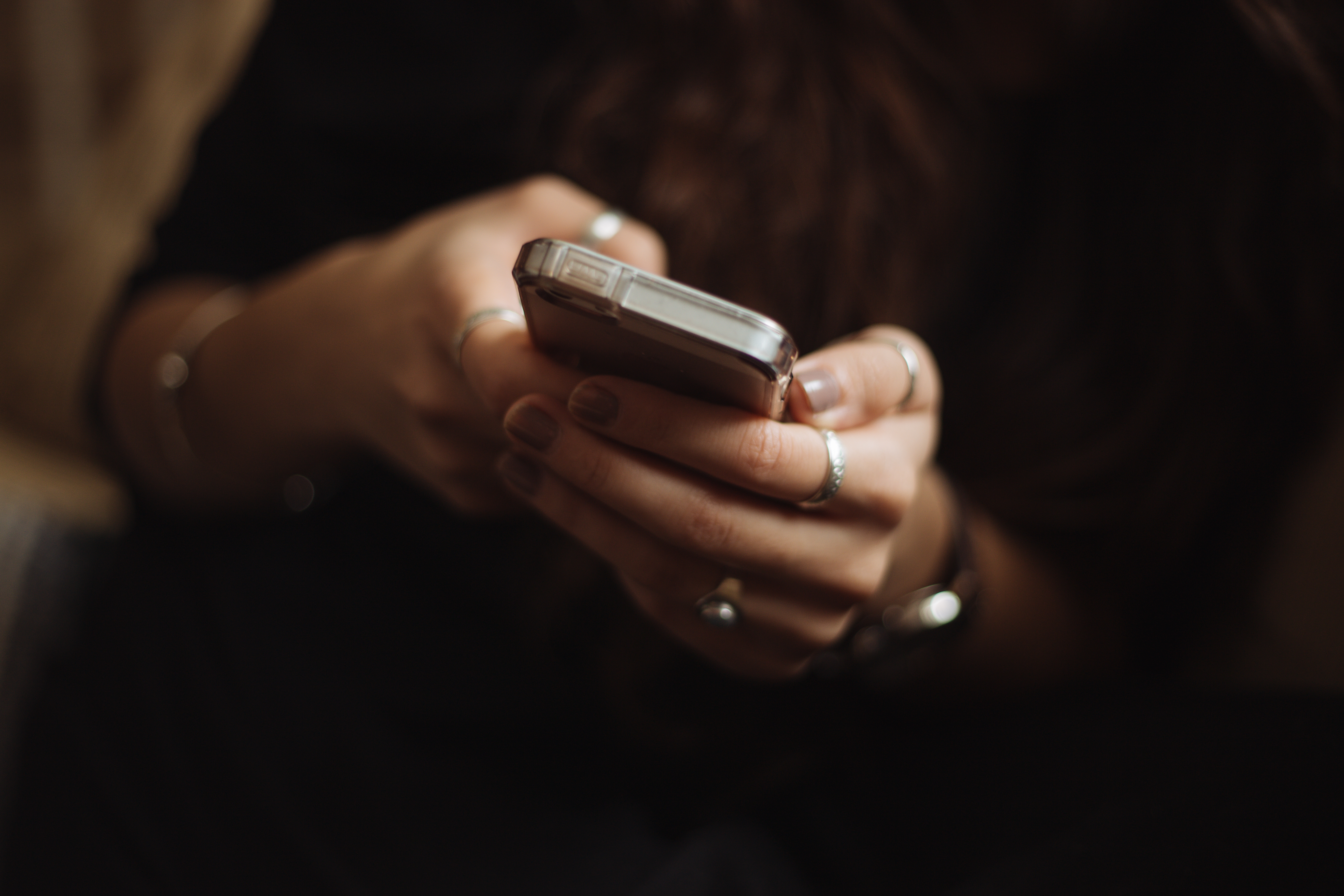
Once you’ve set your new passcode, remember not to share it with anyone else and make sure you use a strong combination of characters that will be difficult for others to guess. It’s also important to remember that if you enter the wrong passcode too many times, your device will be disabled untl you enter the correct one.
Using a secure password on your iPhone is essential for keeping your data safe and secure from unauthorized access – so it’s important not only to set up one but also use it regularly when accessing your device or data on the iPhone.
Setting a Password to Lock an iPhone
Setting up a password to lock your iPhone is easy! On an iPhone X and later, or an iPad with Face ID, go to Settings > Face ID & Passcode. On earlier iPhone models, go to Touch ID & Passcode. Tap Turn Passcode On, then enter a six-digit passcode. Enter the same passcode aain to confirm it and activate it. You can also choose to use a longer numeric code, or even customize your passcode with letters and symbols. Once you’ve set up your passcode, your phone will be locked until you enter the correct code.
Adding a Password to Your Phone
To put a password on your phone, you’ll need to go into your device’s settings. Tap on the ‘Settings’ option from the apps menu, then select ‘Security’ (or ‘Security and Screen Lock’). Under the Screen Security section, tap on ‘Screen Lock’. You will then be presented with several choices for your lock type. Choose one of the options that best suits your needs, such as PIN (numeric code), Password (alphanumeric code), Pattern (swipe pattern) or Fingerprint/Face recognition. Once you’ve selected your lock type, enter the required iformation and save it. Your device will now be secure with a password of your choosing!
Adding a Password to Apps on an iPhone
In order to put a password on your iPhone apps, you will need to use the Screen Time feature. To begin, open up the Settings app and select “Screen Time”. Make sure that Screen Time is enabled and a Screen Time passcode is set by selecting the “Use Screen Time Passcode” option. Then, tap on App Limits and select the “Add Limit” option. From here, you can choose the category of apps you would like to password protect. You can also customize wich apps are included in each category. Once that is done, you will be asked to enter a four-digit passcode which will be used as the password for your apps. Once that is complete, you will not be able to open any of those apps without entering the password first.
Setting a Screen Lock
Setting a screen lock on your device is an important step for keeping it secure. Depending on wich type of device you’re using, the steps may differ slightly.
For Apple devices:
Go to your device’s Settings. Then, tap Touch ID & Passcode (or Face ID & Passcode if you have an iPhone X or later). Enter your passcode if prompted. Then, tap Turn Passcode On and enter a six-digit passcode. Re-enter the same passcode to confirm it and activate the lock.
For Android:
Go to the Settings menu on your device. Scroll down unil you find “Security” or “Lock Screen and Security” and tap it. Under the “Screen Security” section, tap the Screen Lock Type option. From here, select which lock type you want to use: Pattern: swipe to draw an unlock pattern you want to use; PIN: enter a 4-16 digit passcode; Password: enter a password that consists of at least four characters; or None: disable lock screen security altogether (not recommended). Once you’ve selected a lock type, follow the instructions on your screen to complete setup.
Difference Between Password and Passcode
A password and a passcode are similar in that they both provide an extra layer of security for your account. However, there are a few key differences between the two.
A password is typically used to gain access to an entire account, such as when signing into myAT&T. It is usually a combination of letters, numbers, and/or symbols that you create yourself. Passwords should always be kept secure and nver shared with anyone.
A passcode is used to verify a specific transaction or action related to your account, such as making changes to your plan or accessing certain features. It is usually a 6-digit number that gets sent to you via text or email after you have completed the necessary steps in the transaction or action. Passcodes are generally only valid for one-time use and expire after a period of time.
Locking Apps: Is it Possible?
Yes, you can put a lock on apps to restrict access to them. Using a third-party app locker, you can block access to any apps that you don’t want other people snooping arond inside. You’ll usually need a passcode to gain access, though some locking tools can work with fingerprint sensors or face recognition for added security.
Password Protecting an App
Yes, you can password protect an app on your Samsung Android phone. To do so, go to Settings and select “Biometrics and security.” Tap on “Secure Folder,” then “Lock type.” From there, you can choose to lock the app with a passcode, PIN, password, your fingerprint or even your iris. Once the app is locked, it will remain secure until you unlock it aain with the same method.
Locking Apps on an iPhone 11
To lock apps on an iPhone 11, you will need to use the Screen Time feature. To get started, open the Settings app and select ‘Screen Time’. Here you’ll be able to enable Screen Time and set up Content and Privacy Restrictions. Under the Content and Privacy Restriction section, tap ‘Allowed Apps’ and turn off toggles for the apps you don’t want to have access to. Once done, head back to the home screen to save your settings. You can also use this setting to put a time limit on certain apps if desired.
Locking an iPhone: What Does It Mean?
Locking your iPhone is a simple way to secure your data and personal information. When you lock your iPhone, the display turns off and you will need to enter a passcode in order to turn it back on. This prevents unauthorized access to your iformation and helps keep it safe from prying eyes.
Locking the Screen on iPhone 13
To lock your iPhone 13 screen, fist make sure you have set up a secure screen lock with a passcode. From the home screen, select the Settings app. Scroll to and select Face ID & Passcode. Scroll to and select Turn Passcode On. Enter your desired passcode, then re-enter your desired passcode to confirm. Once you have set up your passcode, you can lock your iPhone 13 screen by pressing the Side button (or Top button on models with Face ID) once. You will then be prompted to enter your passcode in order to unlock the device.
Understanding the Auto Lock Feature on iPhones
Auto Lock on an iPhone is a feature that automatically locks your phone’s screen after a crtain period of inactivity. By default, this is set to 30 seconds, meaning that if no activity is detected after 30 seconds, the screen will dim down and lock the device. This helps conserve battery life and prevent unwanted access to your phone by others. You can adjust the Auto Lock settings to fit your needs in the Settings app under Display & Brightness.
Are iPhone and Apple Passwords the Same?
No, your iPhone password is not the same as your Apple ID password. An Apple ID is used to access vaious features and services on Apple devices such as the iTunes Store, iCloud, and Find My iPhone. Your Apple ID password is used to sign in to your account on any Apple device or service. Meanwhile, your iPhone passcode is a four- or six-digit code that you use to unlock and secure your device. While it’s recommended that you use the same passcode for all of your devices, it’s not required.
Default Passcode for iPhones
No, tere is no default passcode on the iPhone. It is up to the user to create a passcode when they first set up their device. To create a passcode, you should go to the Settings app and select “Passcode” or “Touch ID & Passcode”. From here, you can enter in a 4- or 6-digit passcode of your choosing. Additionally, if your device supports Touch ID, you can also use your fingerprint as an alternative method of unlocking your phone.
Are Apple ID and Password the Same?
No, your Apple ID is not the same as your password. Your Apple ID is an email address (for example, michael_cavanna@icloud.com) that you use to sign in to all Apple services. Your password is a string of characters that you use to verify your identity and gain access to your account. It’s important to keep your Apple ID and password secure and never share them with anyoe else.
The Best App Lock for iPhone
The best app locker for iPhone is BioLockdown. BioLockdown is designed to protect your iPhone’s data and apps with a secure password or fingerprint login. It also offers a variety of features that make it an ideal choice for keeping your phone secured. For example, you can use Secret Apps Photo Lock to keep specific photos private, or the Password Secure Manager App to store and manage your passwords securely. Additionally, BioLockdown has a built-in photo album vault that can be locked with a secret passcode. Finally, iprotect is another great feature that allows you to lock cetain apps and prevent them from being accessed without permission. This makes it a great choice for those who want to keep their information safe and secure on their iPhones.
How to Lock Photos on an iPhone
Yes, you can lock your photos on iPhone. To do this, you will need to set up a password or use Face ID. Once you have enabled this feature, you can lock your photos by tapping the Lock Icon in the top-right corner. If someone attempts to unlock the photos with your phone, they will be presented with a message saying it is locked.
Does the iPhone Have an App Lock Feature?
Yes, tere is app lock available for iPhones. App lock helps keep your phone secure by allowing you to set up a passcode that must be entered in order to access certain apps or features. To use the app lock feature on your iPhone, go to Settings > General and then scroll down and navigate to Restrictions > Enable Restrictions. You will be prompted to enter a new passcode (twice to confirm) which will be used whenever you want to access an app or feature that has been locked. This feature only works for first-party Apple apps, so not all third-party apps can be locked.
Conclusion
The iPhone is an iconic part of modern life and has been a major player in the mobile phone industry since its introduction in 2007. It has revolutionized the way people communicate, access information, and even shop. With its ever-evolving features and capabilities, it has become a part of everyday life for many. From its state-of-the-art design to its array of user-friendly applications, the iPhone is a powerful and versatile device that continues to redefine how people interact with technology. Whether it’s used for work or play, the iPhone provies users with an experience that is both enjoyable and productive. This combination of form and function make it clear why the iPhone remains a popular choice among consumers.

